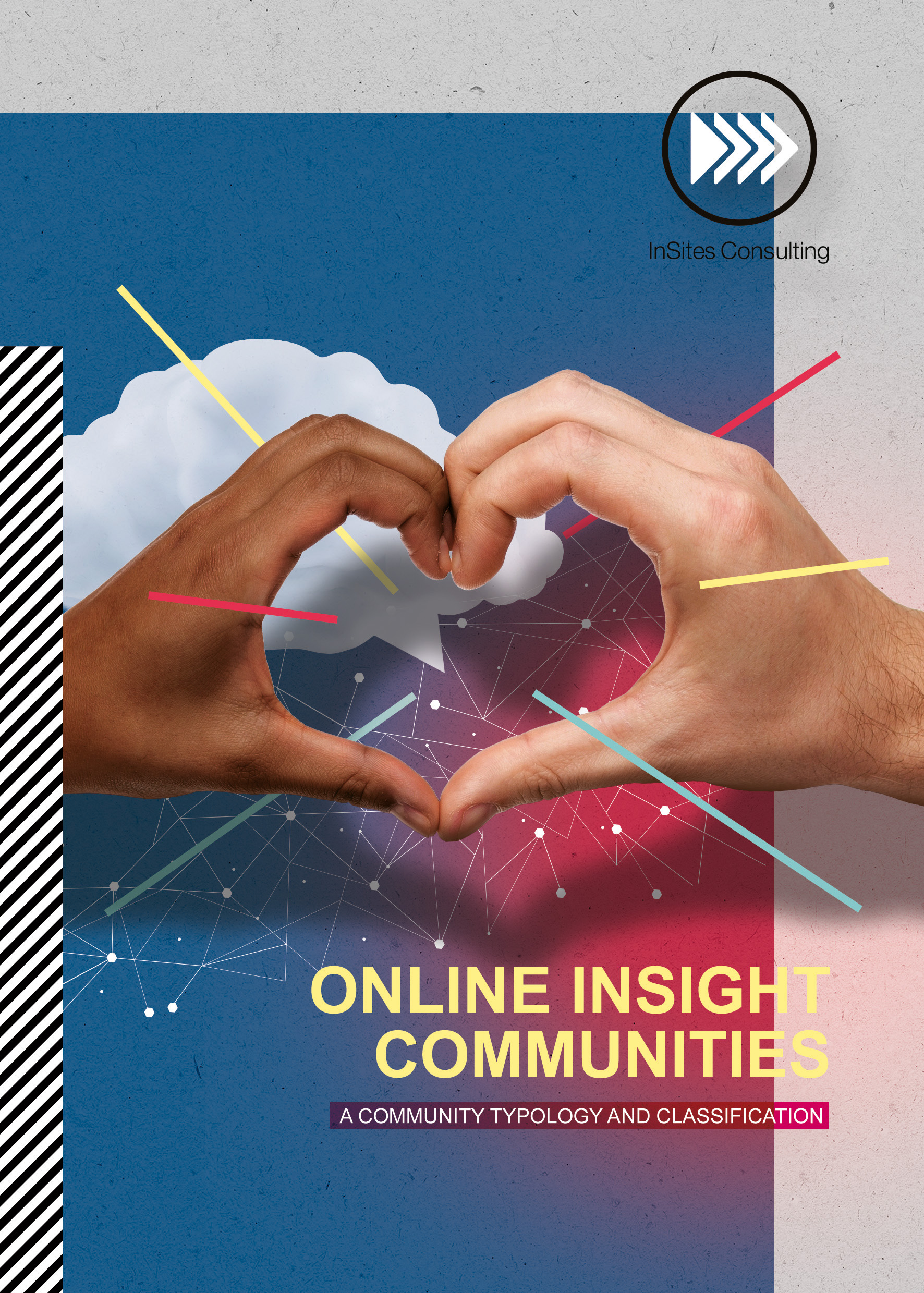Understanding the context
In the US, almost 50% of all the post-acute cardiac patients will be readmitted to the hospital within the first year, costing more than $20 billion to the healthcare system. This is huge. Philips Healthcare aims to contribute to high-quality, faster and more cost-effective cardiac care. As such, we zoomed in on a particular part of the patient pathway in cardiology, with the following objectives:
- Understand how Philips Healthcare can improve cardiac patients’ experiences, and
- Get insight into how to potentially alleviate healthcare costs.
Moving beyond functional and linear thinking
Care pathway models have traditionally focused on linear, physical stages of care, with an emphasis on diagnosis and procedures. Our experience has shown that the patient pathway is multi-faceted with lived experiences that are influenced by psychological and emotional factors, as well as the environmental context. To capture this complex reality, we needed to design an approach that disrupted existing thinking about patient pathways and health outcomes. We needed to put humans at the center of our research program, so that human experience could be at the heart of Philips. We opted for a style that allowed us to embrace the complexities of subjective experiences and enabled us to navigate tensions between patients, caregivers and professionals. All while leaning into the difficult experiences people can face when engaging with healthcare.
Designing a human-centric approach
The research program we proposed was multi-stakeholder and multi-market in nature. Combining several qualitative tools allowed us to explore the patient pathway from different perspectives: patient, caregiver, and healthcare professional, and this across geographical boundaries. As we can’t rely on post-rationalization only to create high-quality insights, exploring ‘in-the-moment’ thoughts was vital to our approach. Although challenging, we were able to connect with humans during difficult times and deepdive into deeply personal moments, through creative thinking and considerate moderation.
Transforming research into insights, and insights into impact
Of course, the research program did not end with sharing and discussing the results. It’s vital to take this further and transform findings into valuable insights and then impactful activation. Based on our experience in health and well-being research, we developed a list of guiding principles to optimize the impact of insights generated through primary research. Here we discuss three of our guidelines (for more see the full article on Quirk’s).
- Cross-functional collaboration: move beyond the traditional collaboration mode of research agency and insights team. Collaborate across the entire business, preferably involving all levels. The needs and desires of R&D professionals, as well as the input from Commercial is critical. But also, gaining buy-in from Senior Executives is vital to help land the insights within the business. And from experience, we know such cross-functional collaboration only increases in importance throughout the project lifecycle.
- Collective contextual understanding: when setting out on insight discovery, start with the context. This means acknowledging how new trends are forming, how this is shaped by cultural nuance, and what opportunities this can create. Developing such a collective understanding might help shape future agendas and generates support for the role of holistic research approaches early in the journey.
- Culture of openness: encouraging the right kind of culture across the project team can make or break the success of this kind of research program. The ability to foster openness and create an authentic dialogue and collaboration across the team is vital. It can not only improve the working partnership but, more importantly, drive the quality of the insights and enhance the commerciality of the subsequent recommendations.
The way forward
This selection of key learnings highlights how the insight-led collaborative relationship between Philips Healthcare and InSites Consulting has successfully disrupted our thinking. We moved beyond the functional context or surface level to embrace lived experiences. These continue to inform our approach to insight development, ensuring impactful research projects and policy impact.
We believe in a holistic approach: a non-linear style; understanding the issue from various viewpoints; a practical yet emotional emphasis. The human experience embedded in the moment and familial perspective remain key, as do wider perspectives and opinions of payers, regulators and of course healthcare professionals. It is our goal to inspire the design of healthcare research and the impact this can have on portfolio development, service design and accessibility, and ultimately, human experiences.
This blogpost is based on an article for Quirk’s magazine. Curious for more? You can read the full article here.






